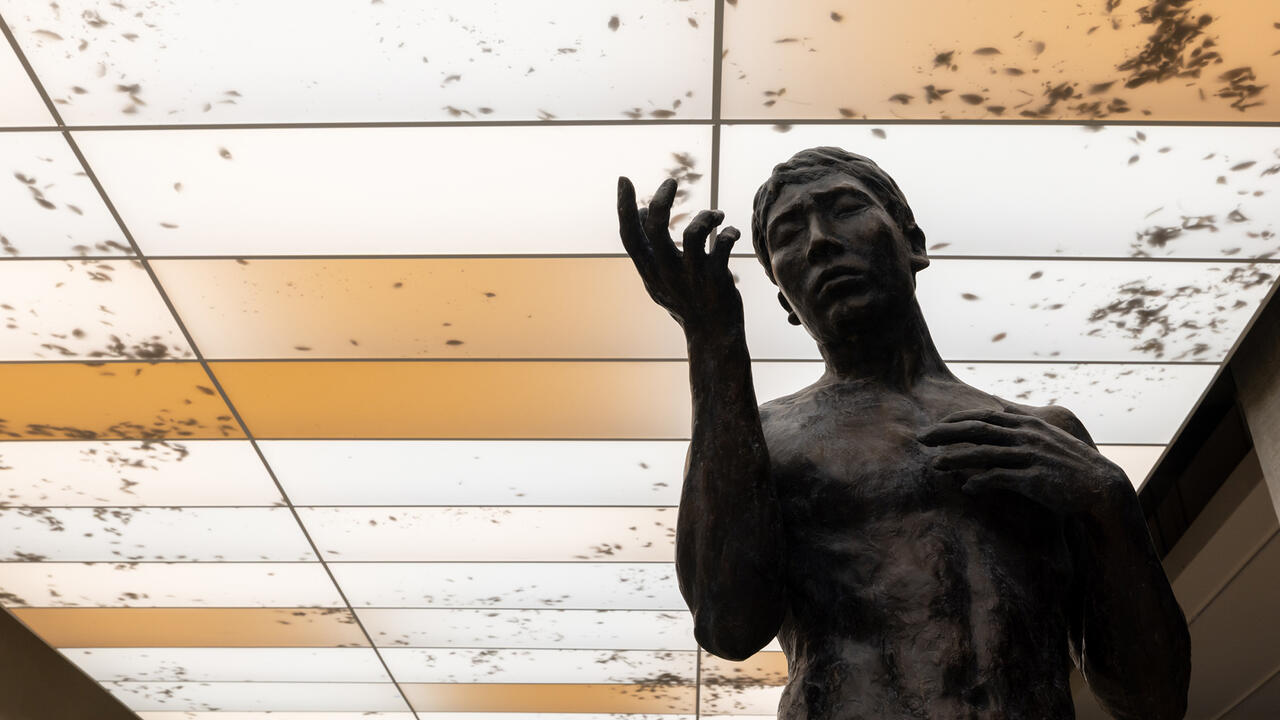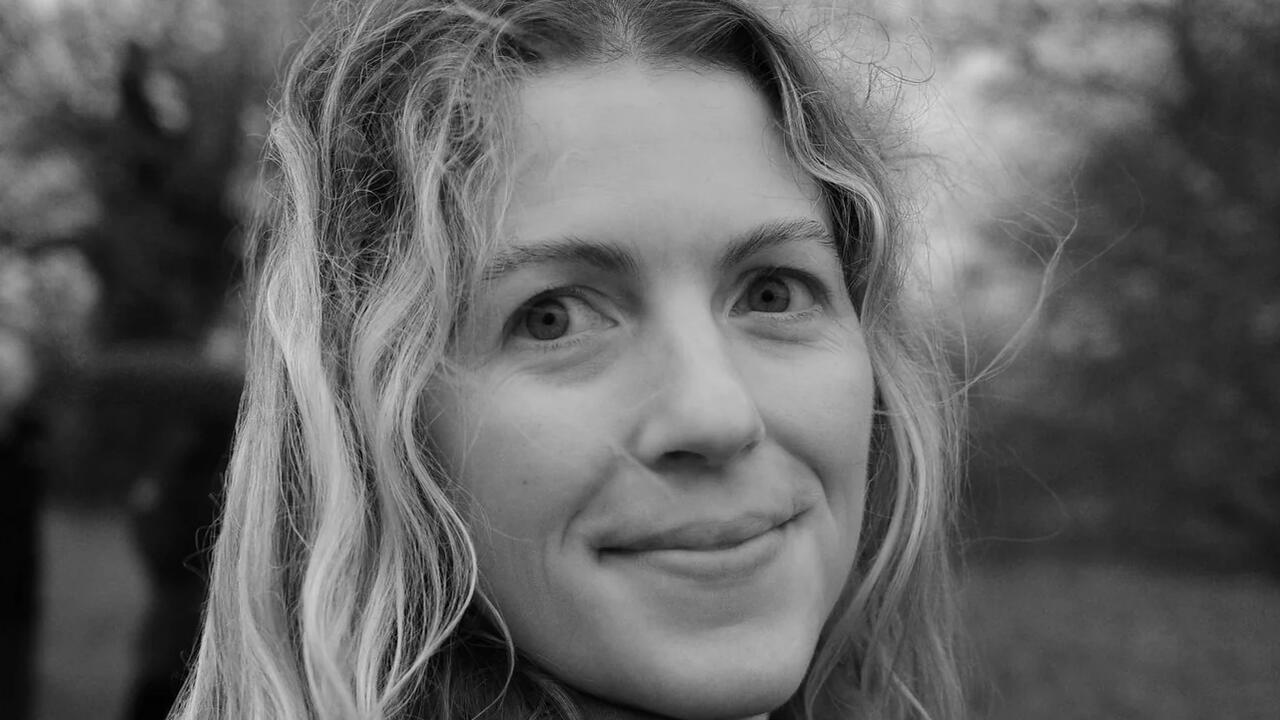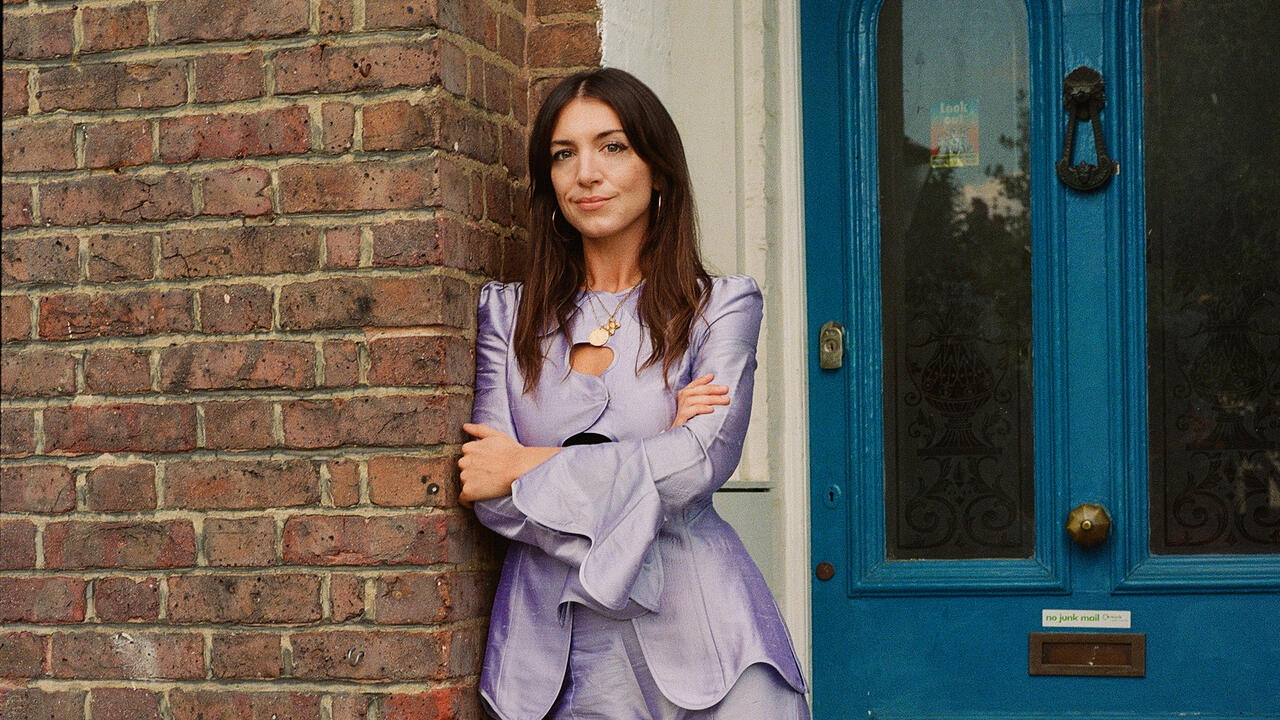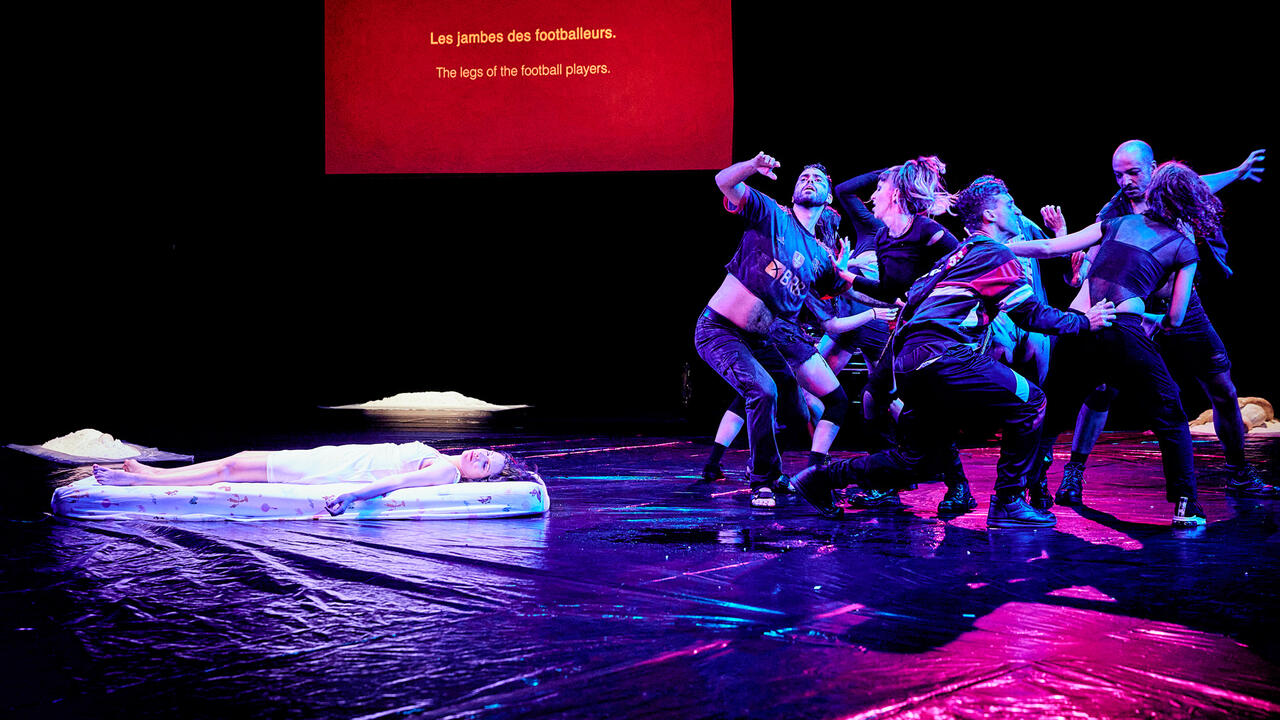The Life Aquatic
SpongeBob SquarePants, Buster Keaton and the anti-Oedipal
SpongeBob SquarePants, Buster Keaton and the anti-Oedipal
I’ve recently got hooked on SpongeBob SquarePants. It’s a children’s cartoon, but the pure buzz it delivers works just as well on an adult’s sensory apparatus. Partly, this is because of the bright colouring and the cheeky animation style, with which the surreal cartoon universe of Bikini Bottom, the submarine town that the programme’s cast of sea creatures inhabit, is brought to life. But first and foremost the fizz is generated by the exuberance of the programme’s protagonist, SpongeBob SquarePants, a small yellow sea sponge in a schoolboy uniform. SpongeBob’s spontaneity and readiness to instantaneously respond to new situations and approach even the most hopeless project with unconditional enthusiasm completely make up for the fact that he is not blessed with too big a brain. Or rather, not cursed. For SpongeBob is virtually impervious to the ramifications of all the troubles he gets himself into, simply because the full extent of the problem usually never even begins to dawn on him. He is immune to tragedy. Unreservedly, he greets each new day with the joyful chant: “I’m ready, I’m ready, I’m ready-eady-eady-eady-eady.”1
At the same time his life, objectively speaking, is not all fun either: SpongeBob spends his days working in a dingy fast food joint, the Krusty Krab, where his remarkable talents at frying patties are shamelessly exploited by his boss, Eugene H. Krabs, a Scrooge-esque crab. Yet, the exploitation has no impact on SpongeBob since one of his favourite things to do happens to be frying patties. So, contrary to his coworker, Squidward – a misanthropic squid with artistic ambitions – SpongeBob is a free and happy creature because, coincidentally, he does what he loves to do. His exuberance is so contagious that the dire reality of his surroundings pales in the light of his optimism. The greed of the crab and bickering of the squid come to seem almost cute when compared with the unwitting sovereignty with which the sponge stays ahead of the game due to his sublime naivity.
In many ways SpongeBob reincarnates some of the most distinctive traits of the slapstick characters of Buster Keaton and Charlie Chaplin. A subversive quality of their performances always lies in the way in which they set their protagonist up against the hostile reality of capitalist America – shaped by poverty, exploitation and random police brutality – and make them triumph over these realities through the resilience of a simple mind and flexible body. Now that ‘flexibility’ has become a pivotal category for the ideology which shapes our conditions of labour and confronts us with the moral demand to be willing and able to perform anywhere anytime, the irony of the boundless flexibility of the slapstick performer’s body seems painfully contemporary. Just look at SpongeBob: when under stress, his body easily comes apart at the seams, yet, without comment and further ado, he routinely pieces himself together again; disintegration doesn’t qualify as a drama.
Despite the irony of his existence, there is a lot of comfort to be gained from the realisation that SpongeBob, like most slapstick heroes, is a happy creature. His optimism conquers all because it simply overrules the reality principle that the social order imposes on everyone (except maybe also for his best friend, Patrick, a starfish in surf shorts, who is equally well protected from too harsh a contact with reality by an exceptionally simple mind, yet, being more of a self-indulgent moody type, he easily gets sulky when things are not working out)2. Like SpongeBob, the characters that Keaton and Chaplin play usually succeed in unhinging the dominant reality principle as they, against all odds and blissfully ignorant of impossibilities, simply keep pushing until their desires are realised and the world has been turned on its head to become a better place where desire, not discipline, defines the real. In this sense, SpongeBob, like Keaton and Chaplin, is a patron saint of the anti-Oedipal. The joy of watching him therefore implies the celebration of an emotional resistance against the disciplinary principles of the social order; a resistance, however, that is more a form of natural resilience because for SpongeBob the choice to be either for or against the system never presents itself. He does not choose to be nonconformist, it simply lies in the nature of his way of being that he is standing in the way of control. His resilience therefore in fact also evokes the notion of a happy reconciliation with the uncontrollable forces of nature.
But why invoke nature here? In their natural habitat sea sponges don’t wear square pants. So we are obviously dealing with a product of culture, a phantasmagoria, a cartoon if not caricature of natural resilience and sublime naivity, and therefore a projection of our own dreams and desires rather than a natural fact. Coincidentally, I recently watched Jack Smith’s Normal Love (1963-4) which prominently features a guy in a mermaid costume, lolling in a big bowl of milk, lazily tapping his tail, and his Unedited Super 8 Film Rushes (1970s)3, which include a shot of the artist in a self-made lobster costume acting out the more submarine dimensions of the pleasure principle. In the light of this experience I felt that reclaiming a queer sense of nature to reject the imposed reality principle of social discipline could be a viable option for art. That’s why, learning from a sea sponge’s unruly optimism, we might conclude that Duchamp’s prophecy may have to be rephrased so that the artists of the future, seeking to explore the reality of their desires, would be well advised to not go underground but underwater.1. Listen to the mantra.
2. Listen to Patrick sulk.
3. The films were screened on 5 October 2007 at the Muhka, Antwerp, as part of the programme ‘Kinship Underground/Overseas’ organised by Stefanie Schulte Strathaus and Anselm Franke at Extra City, Antwerp.














